Hue was a nice city. It was at one point a the capital of the Nguyen dynasty, so the city is full of beautiful old buildings and monuments (some have been restored and others are in a bit of disarray). I enjoyed an afternoon strolling through the remains of the ancient citadel and the forbidden purple city.
I had also come to this part of Vietnam to visit the demilitarized zone, aka the DMZ, and learn a bit more about the American-Vietnamese war. The area surrounding the DMZ is where some of the heaviest fighting occurred. The land is still pockmarked from bombs raids, bare patches on the mountainsides are reminders of defoliating agents used during the war, and unexploded mortals remain hidden in the rice paddies (not a good place to wander off the path). Since most of the sights are fairly spread out and difficult to find and the DMZ isn't the safest place to go wandering around alone, I took a tour (I am usually not a big fan of tours, but in Vietnam they are cheap and often the best way to see certain sights).
One of our first stops was the Vihn Moc tunnels, a network of tunnels built by north Vietnamese civilians who used them as shelter during periods of intense fighting. We also visited several American bases (which have been picked apart and overgrown, so they don't look much like bases anymore), part of the Ho Chi Mihn trail, and the bridge which now spans the former north/south border. It was interesting to see these sights, but honestly, I found much of it disturbing. The thought of war isn't a pleasant one, and I think that most Americans probably view the Vietnam war as a mistake, but all of the memorial sites were so full of ridiculously pro-North Vietnam/anti-American propaganda and personal items of fallen American soldiers, that it was difficult to see.
My visit to the DMZ was also my first glimpse in the the tension that remains between northern and southern Vietnamese. Even though the war has long since finished, the people from North Vietnam still control most of the country, and sometimes the Southern Vietnamese are treated as second class citizens. It's an aspect of Vietnamese culture that's well hidden from most tourists, but definitely there.
-Julia
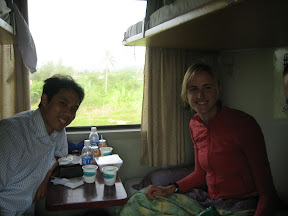
Waking up from a night on the train

Entrance tot he ancient citadel
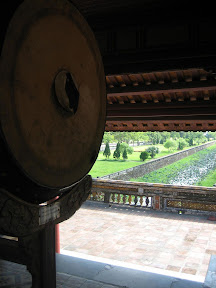
Inside the citadel

Plaza within the citadel
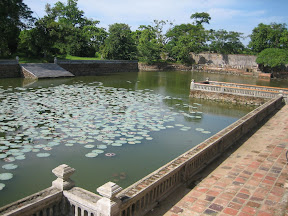
Lake within the citadel
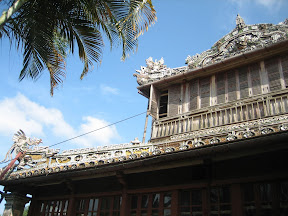
Emperor's reading house

The bridge connecting North and South Vietnam
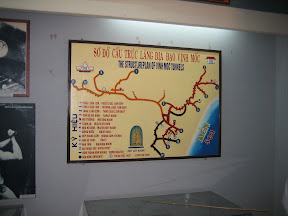
Vihn Moc tunnel network
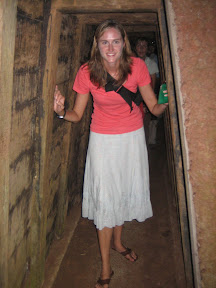
In the tunnel

Tunnel passageway

Beach near the tunnel entrance

"The Rockpile" American lookout/base

Bridge leading to the Ho Chi Mihn Trail
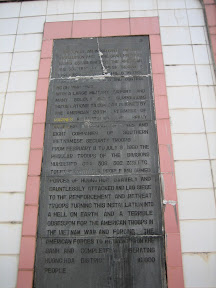
A little bit of war propaganda
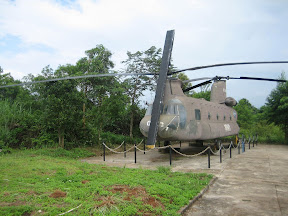
American helicopter at the Khe Sanh base
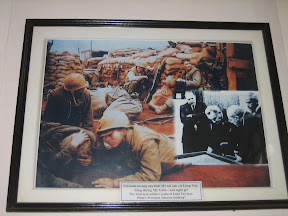
A bit more propaganda (it says: "The American Soldiers' panic at Lang Vay base. What's president Johnson thinking?)

And still more.... (it says: "The American Army carrying out the "flying horse" campaign to support their soldiers and followers at Khe Sanh but still failed to ameliorate the situation")

The bus

No comments:
Post a Comment